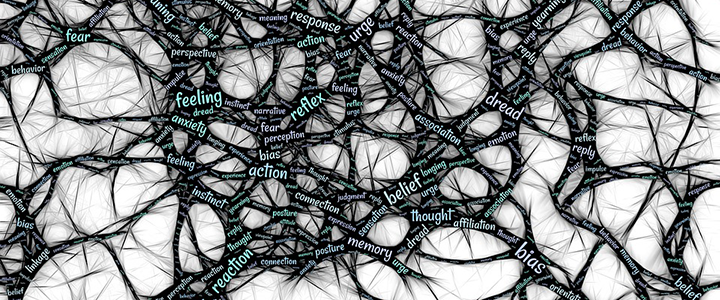Direct Mail’s Impact on the Brain

You do not need to be a scientist to understand that a consumer’s brain would react differently to a digital marketing message and a tactile marketing message like direct mail. However, it may take a neuroscientist to explain how and why our brain is able to retain information better in a physical format over digital. While the popular opinion may be that digital marketing has taken over as the medium de jour for modern direct marketers, studies suggest that direct mail is more likely to influence a purchase or improve message retention over a digital ad.
In a recent study sponsored by True Impact and Canada Post, researchers focused on two key indicators of marketing effectiveness – ease of understanding and persuasiveness.
Direct mail is easier to understand and more memorable
Cognitive load is a measure of the mental effort to understand a stimulus, or in this example, a marketing message. When a message is easy to understand, it will make sense right away to the brain and more likely to be encoded as a memory. Direct mail requires 21% less cognitive effort to process, and message recall was 70% higher for a printed piece versus digital.
Direct mail is more persuasive
To gauge the persuasiveness of a message, the study measured subject’s motivation, or the feeling of wanting, that drives decision-making. A higher motivation score indicates propensity to pay attention. In this study, subject’s motivation response was 20% higher for direct mail compared to digital advertising. In addition, the presence of an additional sensory feature in direct mail (such as scent, sound) outperformed plain direct mail by 12%.
Direct mail is processed quicker
Researchers measured participants’ attention to the advertising presented in terms of time spent experiencing the stimulus and the average time spent looking at areas of interest. The areas of interest defined as price, product, logo and social context. The study showed that participants spent more time trying to process digital ads, and eye tracking found that direct mail was easier to process and locate areas of interest.
Direct mail is more likely to drive action
Results showed that direct mail’s motivation-to-cognitive load ratio exceeded digital media across all age groups (18-29, 30-49 and 50-64). The age 30-49 group showed the highest response to direct mail and the lowest to digital. The three most effective formats for motivating action were an envelope with scent, a dimensional mailer and an envelope.
In summary
From a neurological standpoint, direct mail taps into the processes that inspire action. Direct mail offers the creative channel to appeal to sense of touch and beyond and provides the best opportunity for marketers to convert leads to sales. However, digital media should not be abandoned. As with any modern direct marketing effort, the proper mix of tactile and digital will yield the best results.
